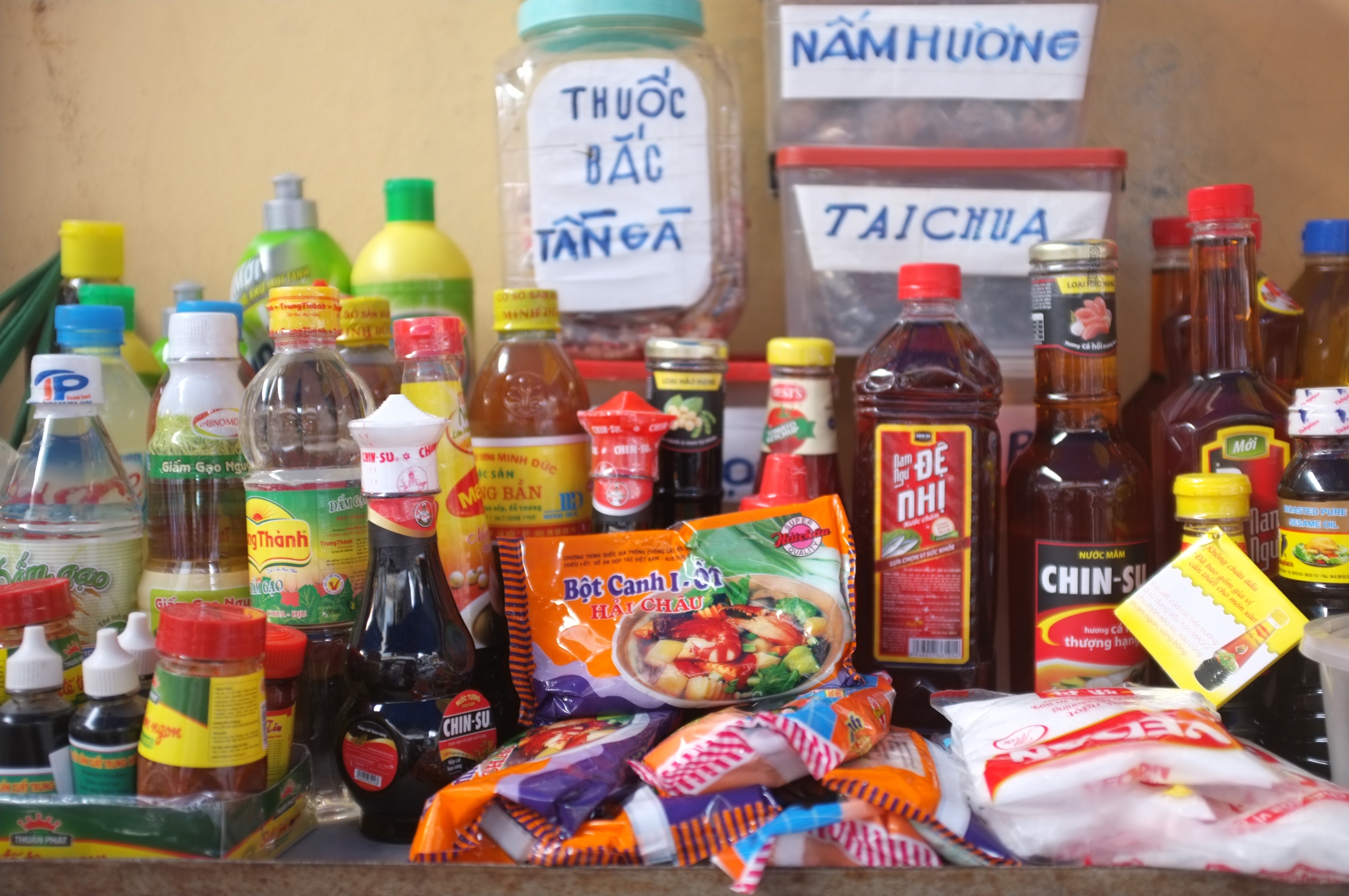“In 2000 World Health Organization [WHO] did a project in the north [of Vietnam] for iron supplementation for pregnant women, using the social marketing approach. Since then there have rarely been any nutrition projects using social marketing,” said Huynh Nam Phuong, deputy director of the Food and Nutrition Training Centre at the government’s National Institute of Nutrition (NIN), and strategies in the field of nutrition have to change.
Child malnutrition has been significantly reduced over the last decade, but one-third of Vietnamese children under five years old are still stunted (too short for their age, a sign of chronic malnutrition) and one-third are anaemic (lack life-saving nutrients), according to the UN Children’s Fund (UNICEF).
The government’s current nutrition strategy aims to reduce the rate of stunting in children under the age of five to 23 percent by 2020.
Tackling anaemia is a priority. The condition - commonly the result of iron deficiency - is caused when the red blood cells do not have enough haemoglobin, an iron-containing protein that transports oxygen in the blood, or there are too few red blood cells. Iron-deficiency anaemia affects some 37 percent of pregnant women in Vietnam and is one of the country’s leading causes of maternal death as well as child stunting, according to UNICEF.
Potentially fatal, the condition can also cause mental disability, lethargy and long-term health problems stemming from low birth weight. Yet it can be easily treated with supplements of iron and folic acid, a form of the water-soluble vitamin B, which helps the body make new red blood cells.
Marketing nutrition
Social marketing focuses on consumer needs and uses commercial marketing principles to “sell” changes in behaviour or raise awareness relevant to the public good, but unlike private sector marketing, the goal is to benefit consumers rather than the marketer.
This approach has long been used in other fields of health in Vietnam. The NGO, Population Services International (PSI), has distributed condoms through commercial channels like guest houses and street food kiosks, and has even made syringes available to drug users at tea stalls and roadside cigarette vendors.
Since 2010 UNICEF has used social marketing in Dong Thap - a southern province in the Mekong Delta region, where up to half of all pregnant women are anaemic - to replace an earlier UNICEF-supported programme that distributed free supplements of iron and folic acid. The aim was to avoid dependency of the local health sector on donor funding.
The team needed to find a product women would buy, which meant considering the quality, packaging and price. “We develop the relationship between the Department of Health and local companies producing iron and folic acid products with acceptable prices and quality,” said Nguyen Dinh Quang, a nutrition officer at UNICEF’s office in Hanoi.
The product they decided on was made locally and the company agreed to a 10 percent discount from the retail price for the first year of the programme. It could be sold to women for 17,000 Vietnamese dong, equivalent to 80 US cents, for a month’s supply. “It benefits the company because it increases sales, and improves the health of our first target group, pregnant women, and our second target group, women of reproductive age, between 19 and 45 years old.”
Local pharmacies and commune health centres were considered the most relevant distribution centres, and information about the product and its health benefits was disseminated via posters and leaflets, as well as on the local loudspeaker system and radio.
The programme began in 18 of Dong Thap’s communes and has now spread to 53, as well as 18 communes in neighbouring An Giang province, Quang said.
Nguyen Thi Huong, a doctor at a district health post in Dong Thap, where community health workers are in contact with pregnant women and mothers in the villages, said a survey of some 244 mothers in January 2013 showed their knowledge had increased since outreach initiatives began in 2010, and 98 percent of pregnant women now took iron pills and 70 percent were taking folic acid.
"Before, outreach efforts were more scattered and not as stable or regular as now," she told IRIN in a June 2013 interview. "We wore down resistance [in 3 to 6 months] by repeating the message about the dangers of folic acid deficiency. We are beginning to see the results."
Dao Thi Ngoc Hien, 32, started taking the supplements three months before she fell pregnant. "I feel healthy. I was not well before. I was told that if I wanted to have kids, I needed to take iron because I was quite frail." She was five months pregnant for the first time in June 2013 when IRIN interviewed her. "I have heard about the disease [anaemia] before from community health workers. The amount I am paying for the iron supplements is appropriate and not too expensive. One packet with 10 pills costs me 7,000 dong [33 US cents]."
At the NIN Nam said the institute is working on a project with the international NGO, Global Alliance for Improved Nutrition (GAIN) to reduce iron-deficiency anaemia via social marketing.
The first phase used government agencies like the Women’s Union and mass media to promote brands of a widely consumed fish sauce fortified with iron. The project is in its second phase and the market appeal of fortified salt and other seasonings is being researched.
In 2014, the institute hopes to work with the Washington-based International Life Science Institute, using social marketing to promote iron and zinc-fortified rice in lieu of supplements.
mb/pt/he
This article was produced by IRIN News while it was part of the United Nations Office for the Coordination of Humanitarian Affairs. Please send queries on copyright or liability to the UN. For more information: https://shop.un.org/rights-permissions





